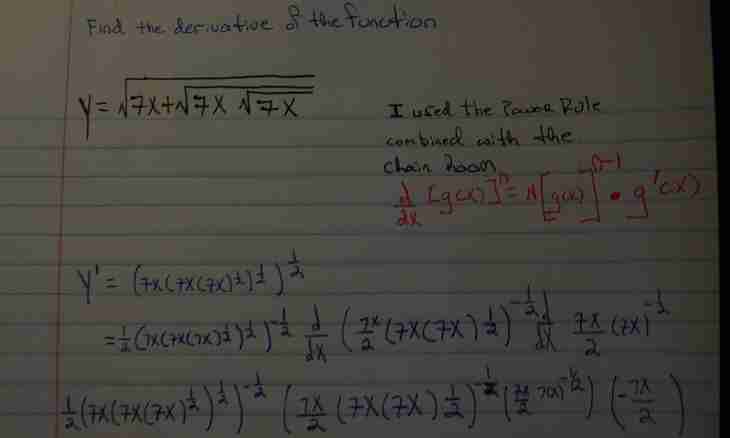If at substitution of number in the equation the right equality turns out, such number is called a root. Roots can be positive, negative and zero. Distinguish from all set of roots of the equation maximum and minimum.
Instruction
1. Find all roots of the equation, among them choose negative if that is available. Let, for example, the quadratic equation 2x²-3x+1=0 be given. Apply a formula of search of roots of a quadratic equation: x (1.2)= [3± √ (9-8)]/2=[3± √ 1]/2=[3±1]/2, then x1=2, x2=1. It is easy to notice what negative among them is not present.
2. It is possible to find roots of a quadratic equation also by means of Vieta theorem. According to this theorem of x1+x1=-b, x1∙x2=c, where b and c – respectively coefficients of the equation x²+bx+c=0. Using this theorem, it is possible not to calculate b discriminant²-4ac that in certain cases can significantly simplify a task.
3. If in a quadratic equation coefficient at x even, it is possible to apply not the main, and the reduced formula to search of roots. If the basic formula looks as x (1.2)= [-b± √ (b²-4ac)] / 2a, then in a short form she registers so: x (1.2)= [-b/2± √ (b²/4-ac)] / a. If in a quadratic equation there is no free member, it is rather simple to put also outside brackets. And sometimes the left part develops in a full square: x \(x+1)².
4. There are types of the equations which give not one number, but the whole set of decisions. For example, trigonometrical equations. So, x=π/4+πk where k is an integer will be the answer to the equation 2sin²(2x) +5sin(2x)-3=0. That is, at substitution of any whole value of parameter k the argument x will satisfy to the set equation.
5. Can be required to find all negative roots in trigonometrical tasks or maximum of negative. In the solution of such tasks logical reasonings or a method of mathematical induction are applied. Substitute several whole values for k in expression of x=π/4+πk and observe as the argument behaves. By the way, x=-3π/4 at k=1 will be the greatest negative root in the previous equation.

